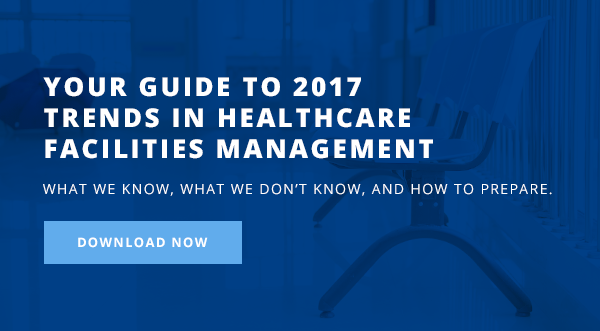At any healthcare facility, infection control is a team effort. The CDC recently postulated that better infection control could save the country more than $7.7 billion dollars annually and prevent more than 619,000 infections.
In order to improve these measures at hospitals, however, training is key. If your infection control training program could use an overhaul, consider the following tips.
1. Communication is Critical
Infection control training does not need to focus only on hand washing protocol and isolation specifications. Because patients often move around to different areas of a hospital or even different facilities, communication between all care teams is essential. Everyone tasked with patient care needs to know what to communicate and how to do it effectively.
2. Utilize WHO Resources
The World Health Organization is committed to improving patient outcomes around the globe. As such, they offer a free training curriculum for patient safety including an entire section on better infection control. These guidelines can be helpful in establishing a facilities own training program.
3. Consider Running an Awareness Campaign
The Institute for Healthcare Improvement (IHI) offers tips for running a hospital-wide campaign designed to minimize nocosomial infections as well as other avoidable harm and diseases. Whether you choose to use the IHI guidelines or spearhead your own campaign, this is a great way to drum up support from staff to learn more and practice better infection control.
4. Publicly State Your Infection Control Goals
In order to improve your infection control training and to achieve buy-in from hospital stakeholders, it is important to have concrete goals in place. While you cannot measure how many infections you prevent, you can set goals about your treatment plans, best practices and following protocol. Stating those publicly where anyone working or admitted to the hospital can access them can be a major momentum changer for infection control.
5. Keep CEUs Up to Date
Infection control directors should make it a priority to keep continuing education credits up to date and put special emphasis on any infection control credits that might be available through local organizations or conferences.
6. Get CBIC Certified
By the same token, many infection control professionals - particularly those who are implementing new training programs - may want to consider obtaining certification from the Certification Board of Infection Control and Epidemiology, Inc. (CBIC) if they don't have it already.
7. Review "Partnering to Heal"
If you want to refresh your own knowledge or share some best practices with the hospital's team in an easy way, review the health.gov video-based training program called "Partnering to Heal." The training program is designed for anyone from physicians to patient families to better understand infection control and its importance in the hospital setting.
Clearly training, education, and vigilance are all key in improving a facility's infection control training protocol. Whether you are an infection control director or simply want to ensure that your facility is utilizing best practices and taking all necessary precautions to avoid hospital acquired infections, you can utilize the resources listed here to become more confident in your own knowledge and establish better training practices.
